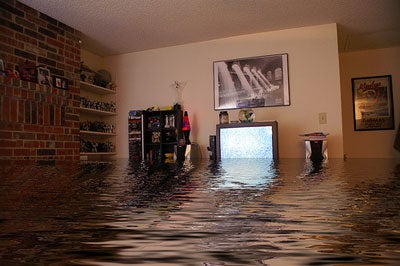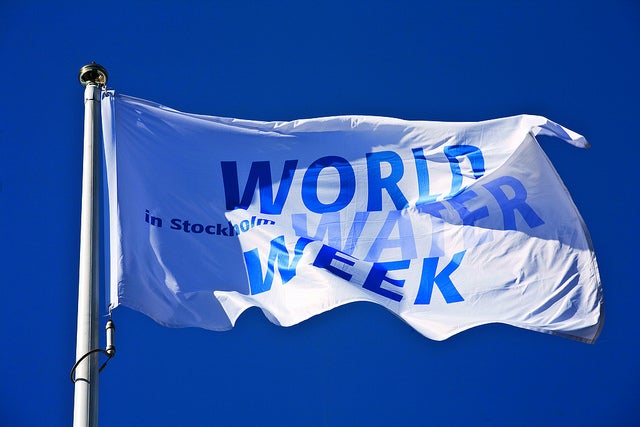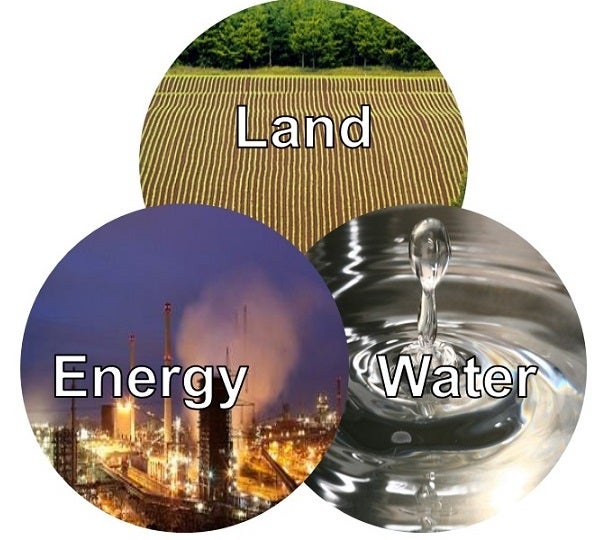A few months ago I logged into my online utility account and noticed it was more than twice the amount I usually pay, all of the excess going to water. Given the kind of work I do, I scour my bill every month, comparing electric and water usage month-to-month and over the course of the year. We are water and electricity savers in our household, so what on earth could this spike be?
I immediately called the City of Austin, and they sent someone out to check the meter. Nope, nothing on that end. Then we brought in a plumber, who spent many hours and many of our dollars searching and found a leak in the toilet. By the time we went through all of that and got the toilet fixed, we had to pay our enormous bill plus the plumber’s bill. Why should I have to go through that rigmarole just to find a leak?
Wouldn’t it be easier if a smart water meter could send my utility and me a message the moment the toilet starts leaking?
Unfortunately, water infrastructure in this country is sorely in need of a reboot. The American Society for Civil Engineers gave the U.S. drinking water infrastructure a grade of a “D” in its 2013 Report Card for America’s Infrastructure, stating there are 240,000 water main breaks per year. And we’re still using antiquated “technology” in much of the sector. Read More


 By: Susannah Harris, 2014 Climate Corps Fellow
By: Susannah Harris, 2014 Climate Corps Fellow

